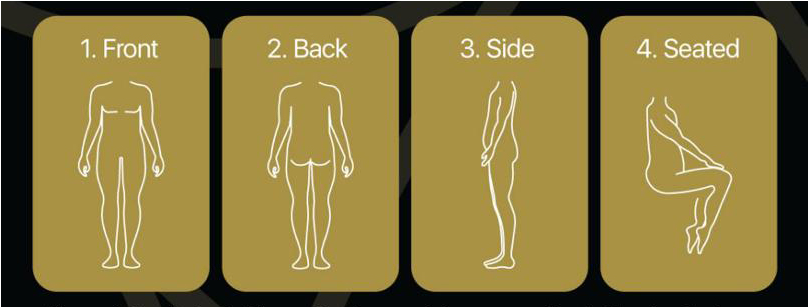Medical tourism, also known as medical travel or health tourism, refers to the practice of traveling to another country for medical treatment. The concept of medical tourism has been around for centuries but has seen significant growth in recent years due to advancements in technology, increased globalization, and rising healthcare costs in many developed countries. The rising need for medical care has generated a new industry of treatment options, Medical Tourism! Medical tourism is a term utilized to describe people who travel to another country specifically to get medical care. Colombia has been rated one of the top countries to get the best Medical Procedures done.
The history of medical tourism can be traced back to ancient times when people traveled to places like Greece and Egypt to seek medical treatment from renowned healers and physicians. However, it wasn’t until the 20th century that medical tourism began to take on its modern form.
In the 1950s and 60s, Western Europeans and North Americans began traveling to developing countries, such as Mexico and Thailand, for dental and cosmetic surgery at a fraction of the cost of procedures in their home countries.
As technology and medical capabilities have advanced, so has the range of treatments available to medical tourists. Today, people travel worldwide for various medical procedures, including organ transplants, cancer treatment, and stem cell therapy.
In recent years, medical tourism has seen significant growth. According to Precedence Research (Strategic Market Insight Firm), the global medical tourism market size was estimated at USD 115.6 billion in 2022, and it is expected to reach around USD 286.1 billion by 2030, poised to grow at a compound annual growth rate (CAGR) 10.8% during the forecast period 2022 to 2030.
One of the main drivers of this growth is the rising cost of healthcare in many developed countries. In the United States, for example, the cost of healthcare is significantly higher than in many other countries, and this has led many Americans to seek medical treatment abroad.
Another driver of medical tourism growth is the increased availability of information and resources for patients looking to travel for medical treatment. Websites and social media platforms have made it easier for patients to research and compare different medical travel options, as well as connect with other patients who have undergone similar procedures.
Despite its growth, medical tourism is not without its challenges. One primary concern is the lack of regulation and oversight in many countries, which can lead to issues with the quality of care and patient safety. Additionally, there can be language barriers and cultural differences that can make it difficult for patients to navigate the healthcare system in a foreign country.
Despite these challenges, the benefits of medical tourism are clear. For many patients, it offers access to high-quality medical care at a fraction of the cost of treatment in their home countries. Additionally, it can give patients access to treatments that may not be available in their home countries.
In conclusion, medical tourism has a long history but has seen significant growth in recent years due to the rising cost of healthcare in many developed countries, as well as advancements in technology and increased globalization. While there are challenges to be addressed, the benefits of medical tourism are clear, and the industry is expected to grow in the coming years.






